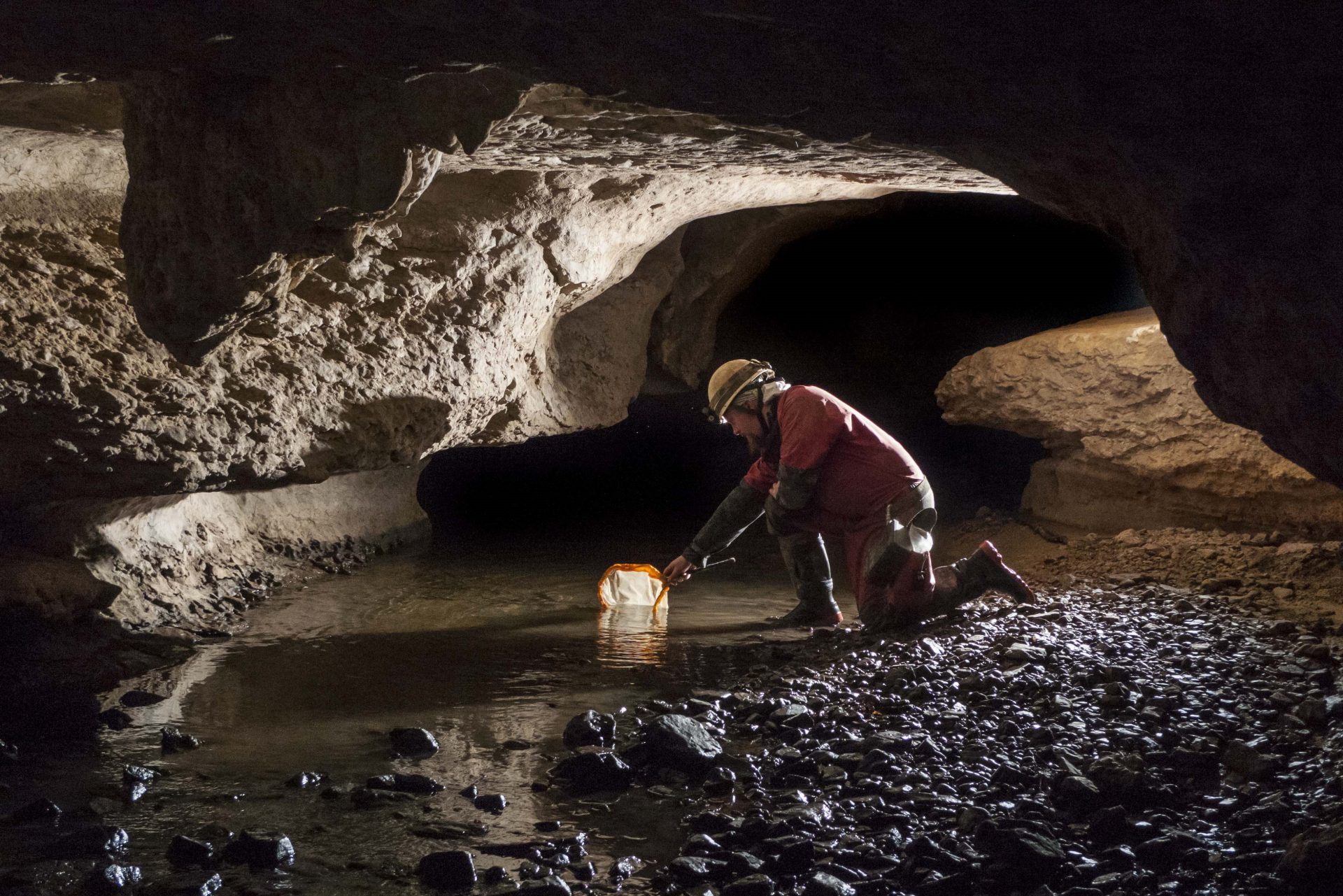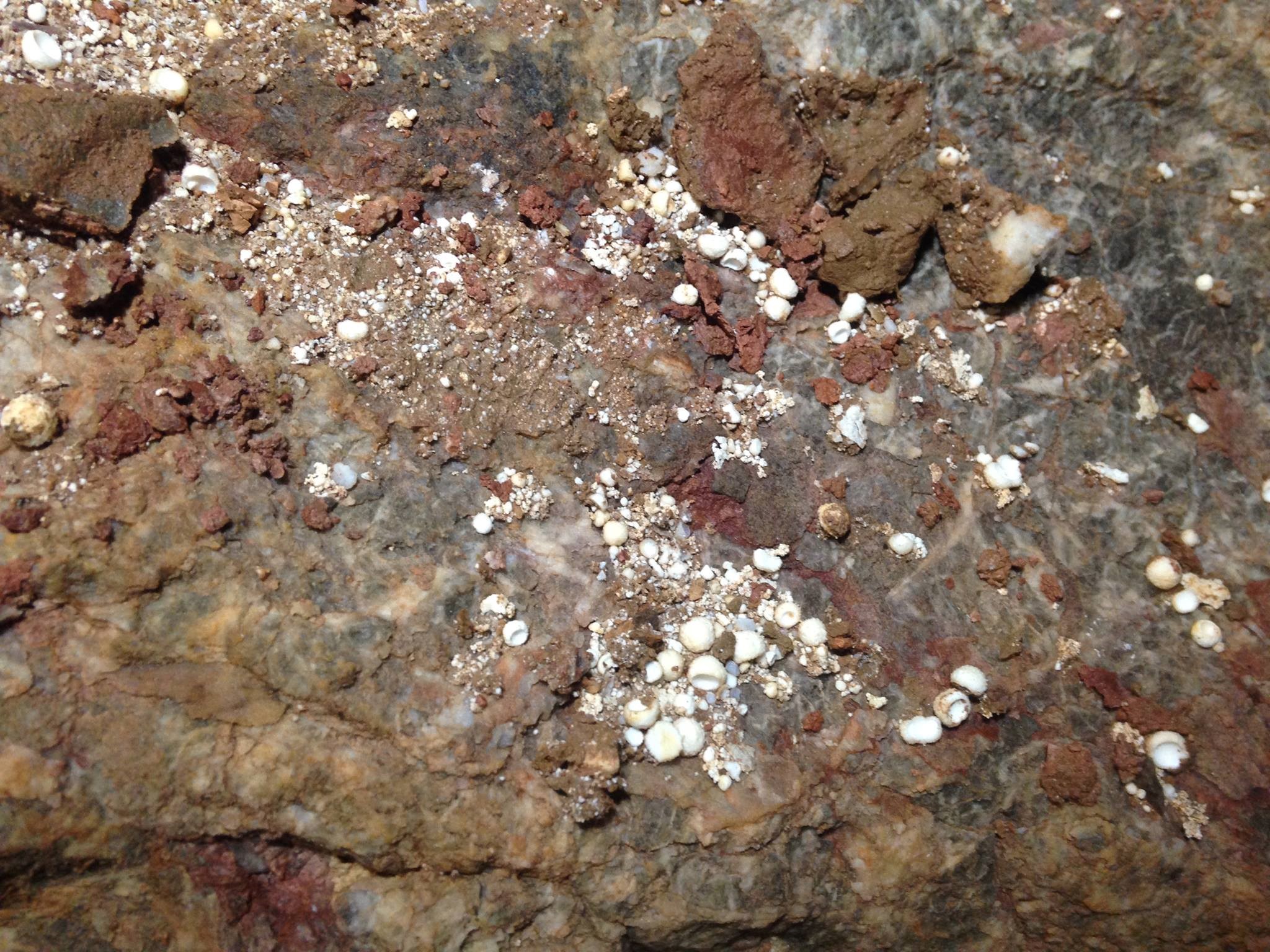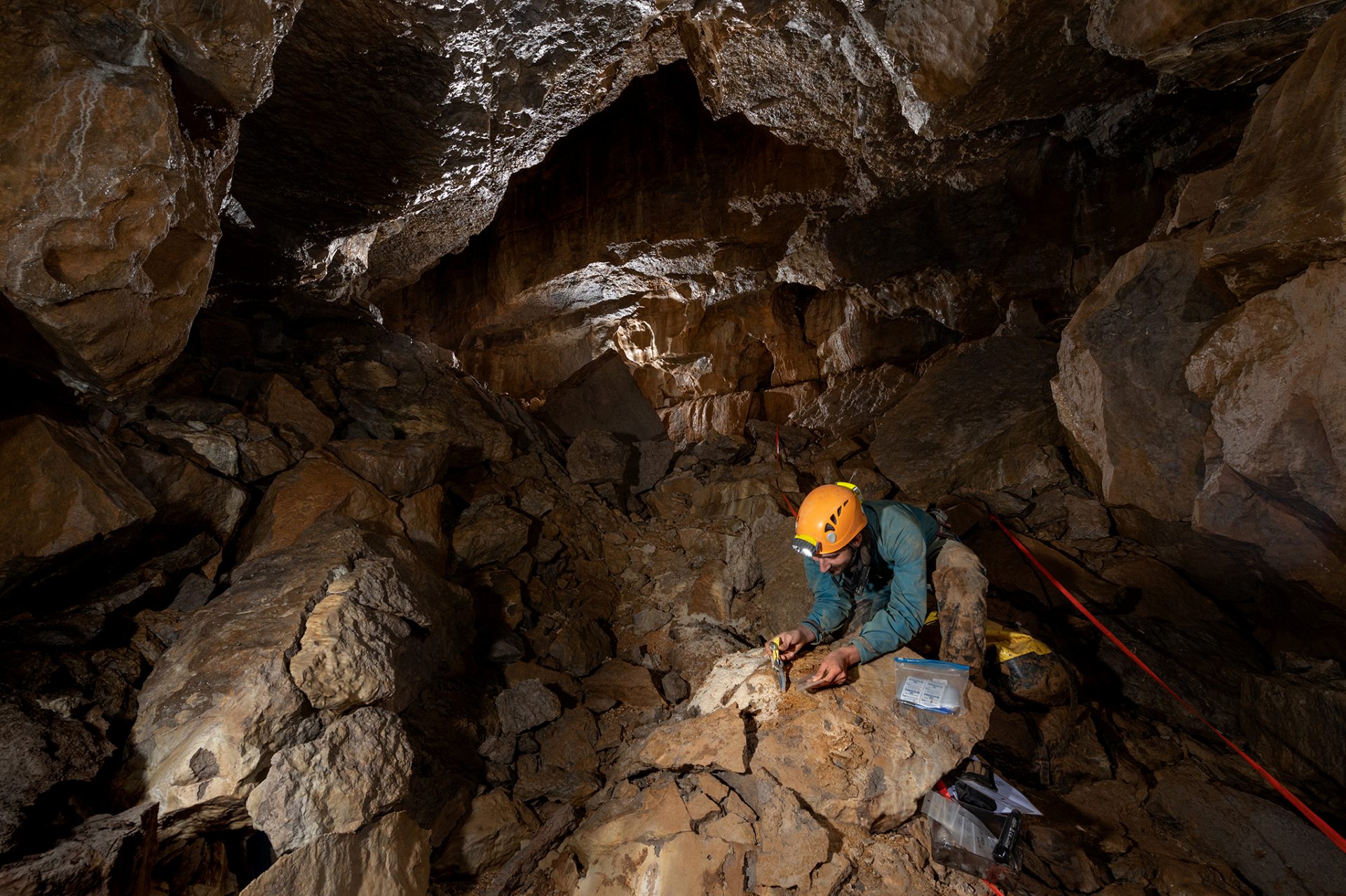
Delegates from more than 30 countries came together virtually to take part in the 31st Cave Science Symposium of the British Cave Research Association on 14th November 2020. Peter Burgess reports from the comfort of his armchair …
The meeting was arranged and hosted online jointly by Northumbria University and the British Geological Survey. Mike Rogerson chaired the entire event, which was held on the Zoom virtual meeting platform, and kept everything running on time and without any serious technical issues.
Without the BCA’s hugely popular Hidden Earth annual caving conference running in 2020, and other research conferences at physical venues being cancelled, many cavers are instead signing up to online seminars on cave-related topics.
The symposium was a full day of nine lectures on a variety of cave science subjects. Without the normal limitations on attendance presented by long journeys or busy schedules, an online event encouraged more than 100 delegates to attend to hear speakers from around the world discoursing with authority on their specific areas of cave research.
In the present climate, one might expect much research to be limited, as travelling is often out of the question, as regional or national lockdowns prevent non-essential journeys and many work places have had to close. Nevertheless, there is still a great deal of research that can be developed and presented, and for two of the symposium’s presenters, the COVID-19 pandemic has provided a rare opportunity for some unusual cave research.
Two very topical presentations formed the first session, both giving details of studies into measurable changes in the conditions within show caves caused by the lack of tourist visits during periods of national lock-down to cut back coronavirus infection rates. First, Andy Baker presented a wide study across 17 show caves in Australia and New Zealand. The results suggest that in the caves investigated there was a minimal effect noticed on measured cave temperatures and humidity due to lack of visitors. The recent lockdowns have presented a unique opportunity to record the degree to which the cave environment might be affected by the presence of visitors.
A comparable study in the United Kingdom, where similar measurements were undertaken at the British Cave Science Centre in Pooles Cavern, Derbyshire, has demonstrated significant changes in the temperature and humidity at locations close to the tourist path within the cave. Dr Andi Smith presented the results that have recorded a regular natural diurnal pattern of fluctuations on top of which a high variation of the figures has been recorded as guided parties pass, which do not appear on the days when no visitors were present. Other effects on the cave such as changes in carbon dioxide levels or the introduction of aerosols, dust and spores from passing visitors has not been investigated.
The next presentation focussed on the chalk karst of Normandy, northern France. Carole Nehme showed how studies of caves in the chalk of the Seine valley area, developed at different elevations, provide a timeline of river incision as the Seine has progressively cut through the chalk plateau. Most of the caves are largely or completely filled with sediment, the study of which has provided much of the evidence.
Carole’s talk was followed by Agni Prijatelj speaking on cave archaeology work in western Belize. Agni described research into the use of caves by Mayan society, and excavation and analysis work in Chechem Ha Cave. This location represents the oldest known Mayan ritual cave site with evidence of activity spanning the period 100BCE to 950CE.
The BCRA annual meeting is generally held during the BCRA symposium event, and, although virtual, this year was no different, with it being held before the lunch interval. All attendees were invited to stay, whether BCRA members or not, and chairman Prof John Gunn’s report was an enlightening insight into the activities and modus operandi of BCRA.

There were four more presentations in the afternoon sessions, three of which had connections with palaeoclimate research. Annabel Wolf has been studying the issue of tropical cyclone frequency and intensity in the region. The research, undertaken in Soong Cave, has taken place over two years, with isotopic analysis of rain and drip water. At this location, it has been demonstrated that the isotope ratios change for two months in the year, when the source of the rain switches from the Indian to the Pacific Ocean, as the annual monsoons give way to tropical cyclones. It is expected that isotopic analysis of stalagmites from the cave will demonstrate similar patterns from the past, and it is hoped that the results will assist in understanding past and future climate in central Vietnam.
Annabel was followed by Seb Breitenbach who has been working in caves of the western Caucasus in Georgia. The research focusses on the preservation of palaeoclimate signals in cave calcite. The Western Caucasus region is of great significance, representing a region crucial for understanding early human dispersals into Eurasia. Enhancements in our understanding of past climatic conditions through the research described is an important part of the wider story of human migration.

The third presentation after the lunch break was by Paul Töchterle, who demonstrated to his audience that the cryogenic cave carbonates (CCCs) found in Water Icicle Close Cavern in Derbyshire were formed over two distinct periods, one in the lead-up to a period of maximum glaciation, and again as the ice sheets retreated. These represent periods of time when the ground temperature remained below 0 deg C but the climatic conditions were such that during the warmer seasons meltwater could sink into caves within the permafrost zone. In the right circumstances, CCCs would then form within the cave. Analysis of these CCCs today allow us to determine over what period of time these conditions prevailed. To undertake similar analysis in other caves throughout the UK would allow us to determine the spread and retreat of permafrost zones as glaciation advanced and then retreated across the land.
The final two presentations covered cave sediment analysis in central Brazil, and the work of the Matienzo Karst Entomology Project (MKEP) in northern Spain.
Lucas Godinho spoke of how analysing and dating the cave sediments in a variety of caves around the São Desidério river in central Brazil has facilitated the development of a model of erosion for the river, understanding that the upstream migration of this river’s main nickpoint controls the development of the cave systems.

Tom Thomson has been involved in the MKEP and provided a detailed look at recent work recording the fauna of the caves in the Matienzo depression and the surrounding Cantabrian karst of Northern Spain. In his talk, Tom focussed on investigations at specific cave sites and of particular species communities using both short and long term trapping of fauna underground. Tom was particularly pleased to have identified the spider Iberina mazarredoi present in a number of caves during the study, a species not previously known in these sites.
The day was a great success, and being held online has demonstrated how easy it could be to encourage greater participation in the future, by considering an online attendance option for a future symposium that’s being held in a physical location. I really can’t fault anything about the day, but if it were possible to include a rolling slide show of photographs of speleological interest during the lunch break, it would partly make up for the lack of opportunity to chat and exchange news while waiting for the afternoon session to start.
Congratulations are due to all those who put in the effort to ensure the day ran so well.
